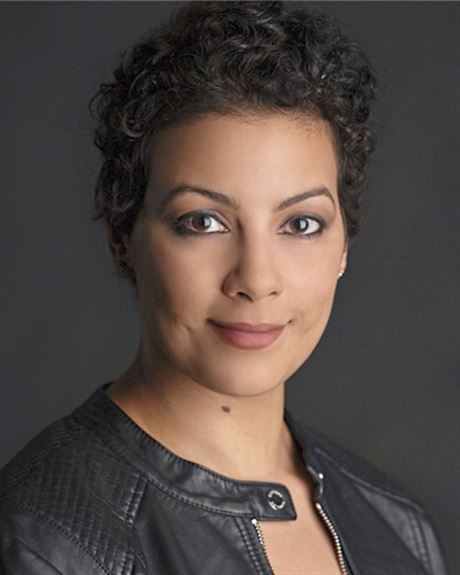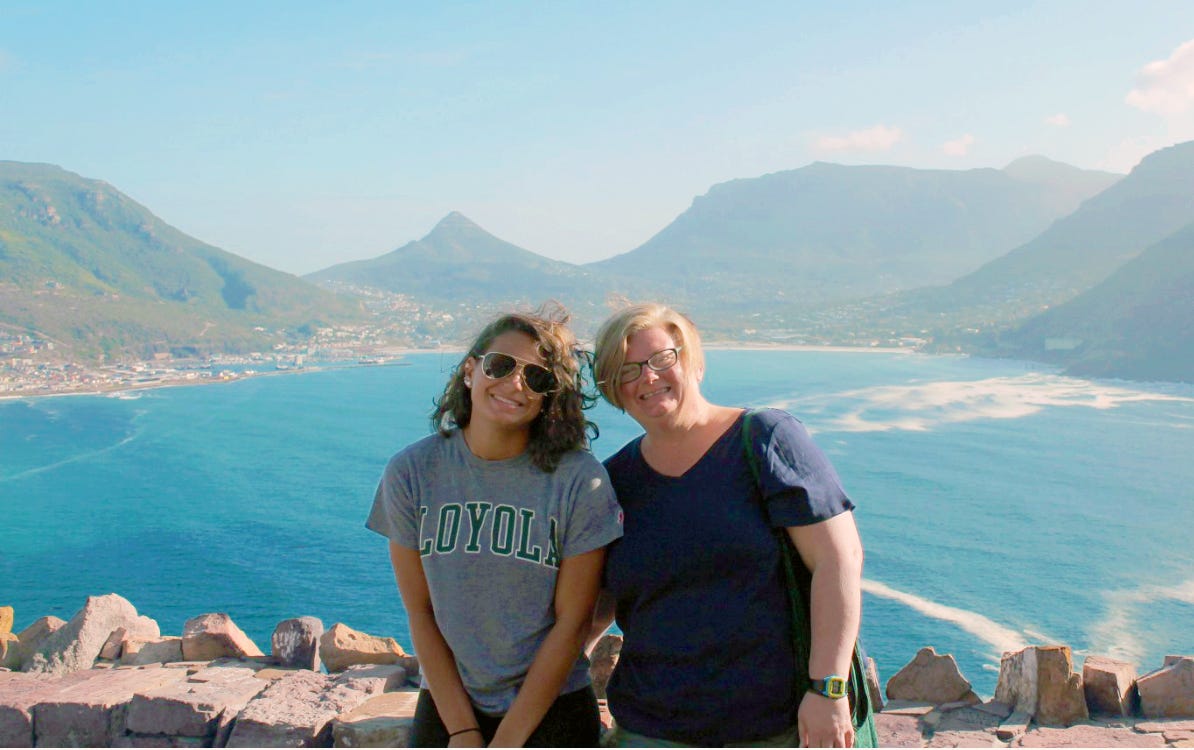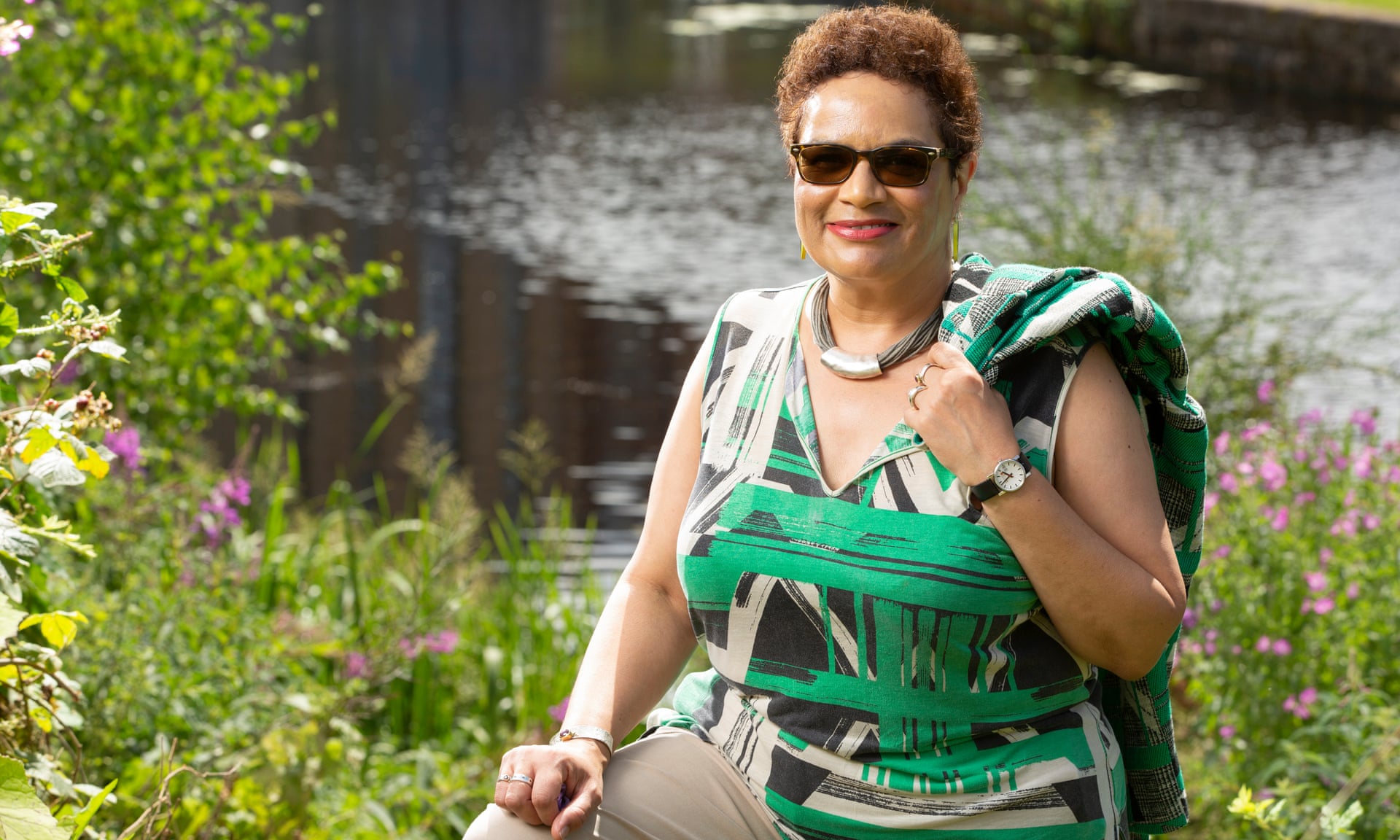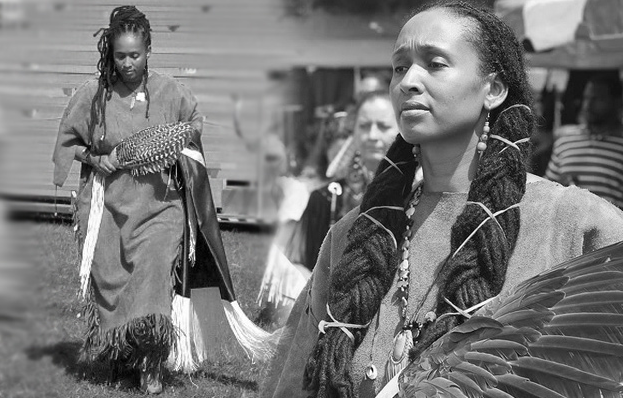My Family’s Life Inside and Outside America’s Racial CategoriesPosted in Articles, Autobiography, Family/Parenting, Media Archive, Passing, Philosophy, United States on 2019-09-18 00:39Z by Steven |
My Family’s Life Inside and Outside America’s Racial Categories
The New York Times Magazine
2019-09-17
 Thomas Chatterton Williams at home in Paris this summer with his wife and children, from left, Marlow, Valentine and Saul. Christopher Anderson/Magnum, for The New York Times |
My father was raised under Jim Crow. My children could pass for white. Where does that leave me?
I left the cafeteria where my brother, Clarence, was racing the wooden kit car he built with the older Boy Scouts, and made my way down the long corridor to the restroom. The building was virtually empty on a Saturday and charged with that faint lawlessness of school not in session. When I finished, I fixed myself in the mirror and, on the way out, ran and leapt to swing from the high bar joining the metal stalls to the tiled wall. In third grade, this was hard to do, a feat of superior athleticism that I savored even in the absence of a witness. The bounce in my legs linked me with my favorite athletes. I wore my hair like them, too, shaved low on the sides and back and slightly higher on top with a laser-sharp part engraved on the left. As my feet thrust forward, the door shot open and B. stepped in. An eighth grader, the eldest of three freckled, blond, almost farcically preppy brothers — Irish Catholic but still WASPier than the sons of Italians, Poles and Ukrainians who formed the backbone of the student body at our parochial school — he watched me dismount. In his costume of boat shoes and Dockers, B. was far from an intimidating sight, but he was bigger than me, and he smiled at me strangely.
I made to pass him on the way out, but he blocked me, his smile turning menacing. “What?” I managed, confused. We’d been in school together for years without ever having exchanged a word. “Monkey,” he whispered, still smiling, and my whole body froze: I was being insulted — in an ugly way, I could sense from his expression more than from what was said — but I couldn’t fully grasp why. I’d been swinging like a monkey, it was true, but this was something else. I tried again to step around him, at a loss for words; he blocked my way again, looming over me, still with that smirk. “You little [expletive] monkey,” he repeated with deliberate calm, and to my astonishment I realized that, although I could not understand why, there was, however vague and out of place, suddenly the possibility of violence. Out of nothing more than instinct, I shoved past him with all the determination an 8-year-old can gather.
He let me go, but I could hear his laughter behind me as I made my way back to the cafeteria, my heart pumping staccato, my face singed with the heat of self-awareness, my inexperienced mind fumbling for the meaning behind what had just transpired. But I knew enough to know that I could not tell my father what happened. I could see his reaction — see him shoot from his leather desk chair where he spent a majority of weekends as well as weekdays bent over a book. “Let’s go,” he would say in a clipped tone, with that distant expression, as if he were looking at something else, not at me, and by that time he would already be at the hall closet throwing his dark gray overcoat around his broad shoulders, keys jangling in his strong hand.
If I had told him what that white boy said to me in the restroom, Pappy — as we called my father, in a nod to his Southern roots — would have descended into an indescribable fury, the memory of which can tense me up to this day. He would have lost a week of work and concentration — that was as certain as two and two is four. But I also knew that he would be shot through with pain, unable to sleep, up at his desk in the dark, transported to his past, agonizing over this awful proof of what he’d always suspected: that no matter how strong he was, he was not strong enough to shield — not fully — his sons from the psychological warfare of American racism that whispers obscenities at little boys when they find themselves alone…
Read the entire article here.








